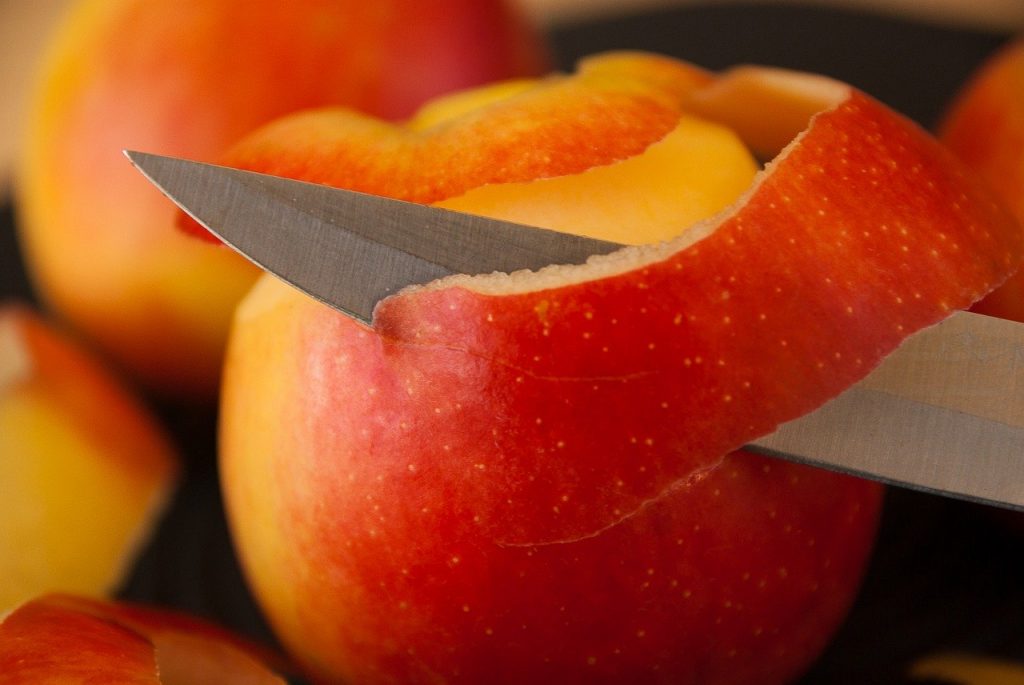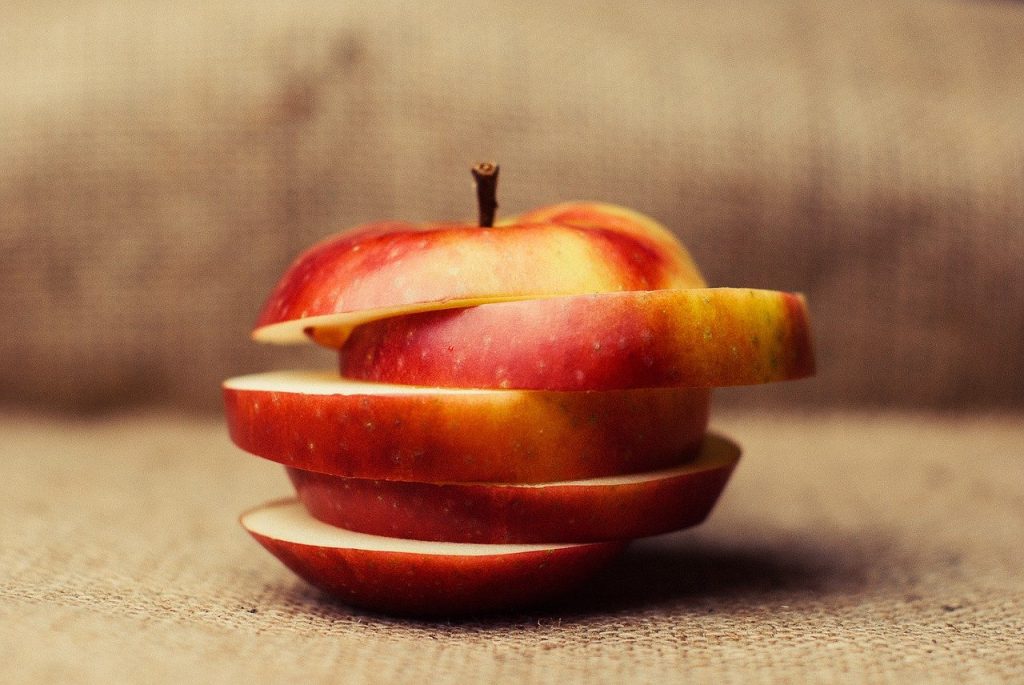
The ketogenic diet, or keto diet, has gained immense popularity for its focus on low-carb, high-fat foods that can aid in weight loss and improve overall health. While some snacks may be off-limits on the keto diet due to their carb content, sunflower seeds stand out as a keto-friendly option that not only satisfies your crunchy cravings but also provides essential nutrients for your body.
Benefits of Sunflower Seeds on the Keto Diet:
- Low in Carbs: Sunflower seeds are relatively low in carbohydrates, making them a suitable option for those following the keto diet. A one-ounce serving of sunflower seeds contains around 5 grams of total carbohydrates, out of which about 2 grams are dietary fiber. This results in only 3 grams of net carbs per serving, which is easily manageable within the daily carb limit on keto.
- Rich in Healthy Fats: Sunflower seeds are an excellent source of healthy fats, including monounsaturated and polyunsaturated fats, which are essential for the keto diet. These healthy fats not only provide a steady source of energy but also play a vital role in maintaining ketosis, a state in which your body burns fat for fuel instead of carbohydrates.
- Good Source of Protein: Sunflower seeds provide a moderate amount of protein, which is important for supporting muscle health and overall bodily functions on the keto diet. A one-ounce serving of sunflower seeds contains approximately 5.5 grams of protein, making them a valuable addition to your daily protein intake.
- Packed with Nutrients: Sunflower seeds are rich in various nutrients that contribute to overall health and well-being. They are an excellent source of vitamin E, a potent antioxidant that helps protect your cells from oxidative damage. Additionally, sunflower seeds contain magnesium, which plays a role in muscle function and nerve transmission, and selenium, which supports a healthy immune system.
- Promote Satiety: Due to their high fat and protein content, sunflower seeds can help keep you feeling full and satisfied between meals, reducing the likelihood of overeating and supporting weight management on the keto diet.
Ways to Enjoy Sunflower Seeds on the Keto Diet:
- Raw Snacking: Raw sunflower seeds make for a convenient and portable keto-friendly snack. You can carry a small portion with you to curb hunger pangs during the day.
- Roasted and Seasoned: Roasting sunflower seeds with a sprinkle of salt or keto-friendly seasonings can add extra flavor and make them even more enjoyable.
- Sunflower Butter: Sunflower seed butter is a creamy and delicious alternative to traditional nut butter, perfect for spreading on keto-friendly bread or celery sticks.
- Salads: Sprinkle sunflower seeds on your keto-friendly salads to add crunch and boost nutritional value.
- Baked Goods: Incorporate sunflower seeds into keto-friendly baked goods like muffins or bread for added texture and nutrition.
Conclusion: Embrace the Crunchy Goodness of Sunflower Seeds on Keto
Incorporating sunflower seeds into your keto diet can be a smart and flavorful choice. These nutrient-packed seeds not only complement the keto guidelines but also provide an array of health benefits. Whether you enjoy them as a standalone snack, sunflower butter, or in various keto-friendly recipes, the crunchiness and goodness of sunflower seeds can add a delightful twist to your keto journey.
Frequently Asked Questions (FAQs) About Sunflower Seeds and the Keto Diet:
1. Are sunflower seeds keto-friendly?
- Yes, sunflower seeds are keto-friendly as they are relatively low in carbohydrates and rich in healthy fats and protein, making them an excellent addition to the keto diet.
2. Can I have sunflower seeds on keto?
- Absolutely! Sunflower seeds are a great snack option for those following the keto diet due to their low net carb content and abundance of nutrients.
3. Are sunflower kernels keto?
- Yes, sunflower kernels are keto-friendly as they share similar nutritional characteristics with whole sunflower seeds.
4. Is sunflower butter keto?
- Yes, sunflower butter is keto-friendly and serves as a delightful alternative to traditional nut butter for those on the keto diet.
5. What are the benefits of sunflower seeds on the keto diet?
- Sunflower seeds are low in carbs, rich in healthy fats, a good source of protein, and packed with essential nutrients like vitamin E, magnesium, and selenium. They also promote satiety, aiding in weight management on the keto diet.
6. Can sunflower seeds be used in keto-friendly recipes?
- Absolutely! Sunflower seeds can be used in various keto-friendly recipes, including salads, baked goods, and as a crunchy topping for dishes.
7. Is sunflower seed oil keto-approved?
- While sunflower seed oil is not as keto-friendly as whole sunflower seeds due to its high calorie content and lack of fiber, it can still be used in moderation for cooking and seasoning.
8. Can sunflower seeds be part of a healthy snacking routine?
- Yes, sunflower seeds make an excellent healthy snack option due to their nutritional profile and ability to keep you satiated between meals.
9. How many net carbs are in a serving of sunflower seeds?
- A one-ounce serving of sunflower seeds contains about 3 grams of net carbs, making them a suitable choice for the keto diet.
10. Are sunflower seeds beneficial for female health?
- Yes, sunflower seeds offer various health benefits for women, including providing essential nutrients like vitamin E that support skin health and hormonal balance.
11. Can sunflower seeds aid in weight loss on the keto diet?
- Yes, incorporating sunflower seeds into your keto diet can contribute to weight loss due to their satiating effect and nutrient density.
12. Are sunflower seeds a good source of antioxidants?
- Yes, sunflower seeds contain vitamin E, a powerful antioxidant that helps protect cells from oxidative stress.
13. Can sunflower seeds help in managing cholesterol levels on keto?
- Yes, sunflower seeds’ healthy fat content, particularly the presence of monounsaturated and polyunsaturated fats, can support heart health and help manage cholesterol levels on the keto diet.
14. Can I use sunflower seeds as a garnish in keto-friendly soups and stews?
- Absolutely! Sunflower seeds can add a pleasant crunch and nutrition to keto-friendly soups and stews when used as a garnish.
15. Is it safe to consume sunflower seeds in large quantities on the keto diet?
- While sunflower seeds are generally safe to consume in moderate amounts, it’s essential to practice portion control as they are calorie-dense. Incorporate them as part of a balanced keto diet.
Remember to consult with a healthcare professional or registered dietitian before making any significant changes to your diet, especially if you have specific health conditions or dietary concerns.
Blog Tags: sunflower seeds, keto diet, ketogenic diet, low-carb, healthy fats, keto-friendly snacks, sunflower butter, healthy snacking, keto-friendly recipes, nutrient-rich, weight loss, healthy lifestyle.

















